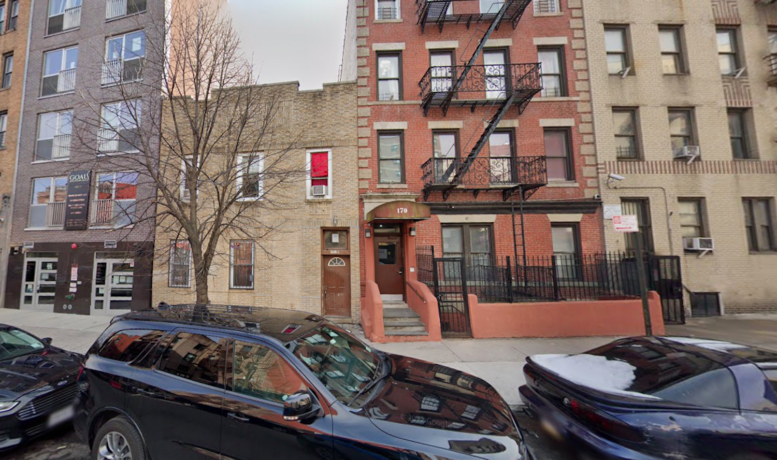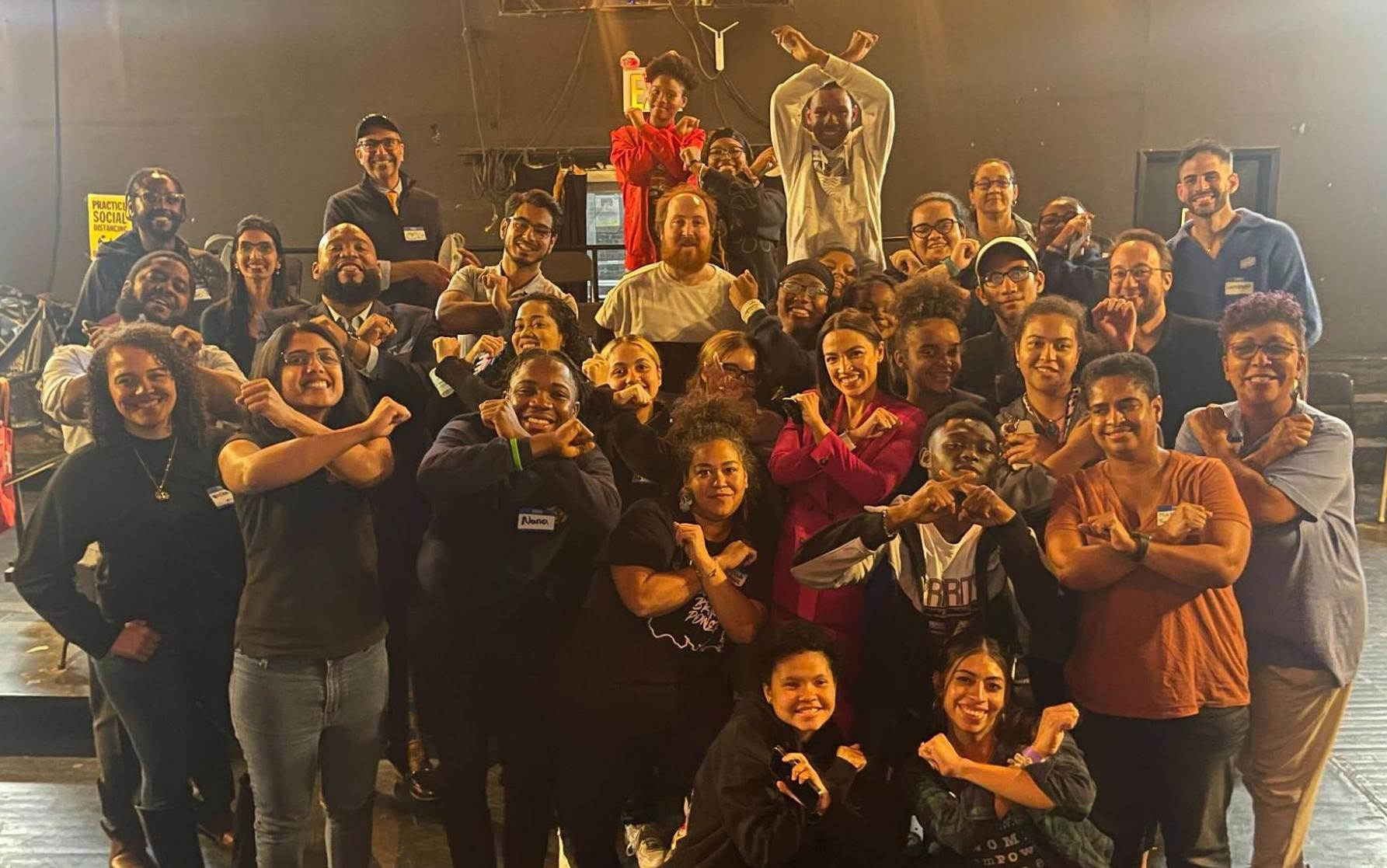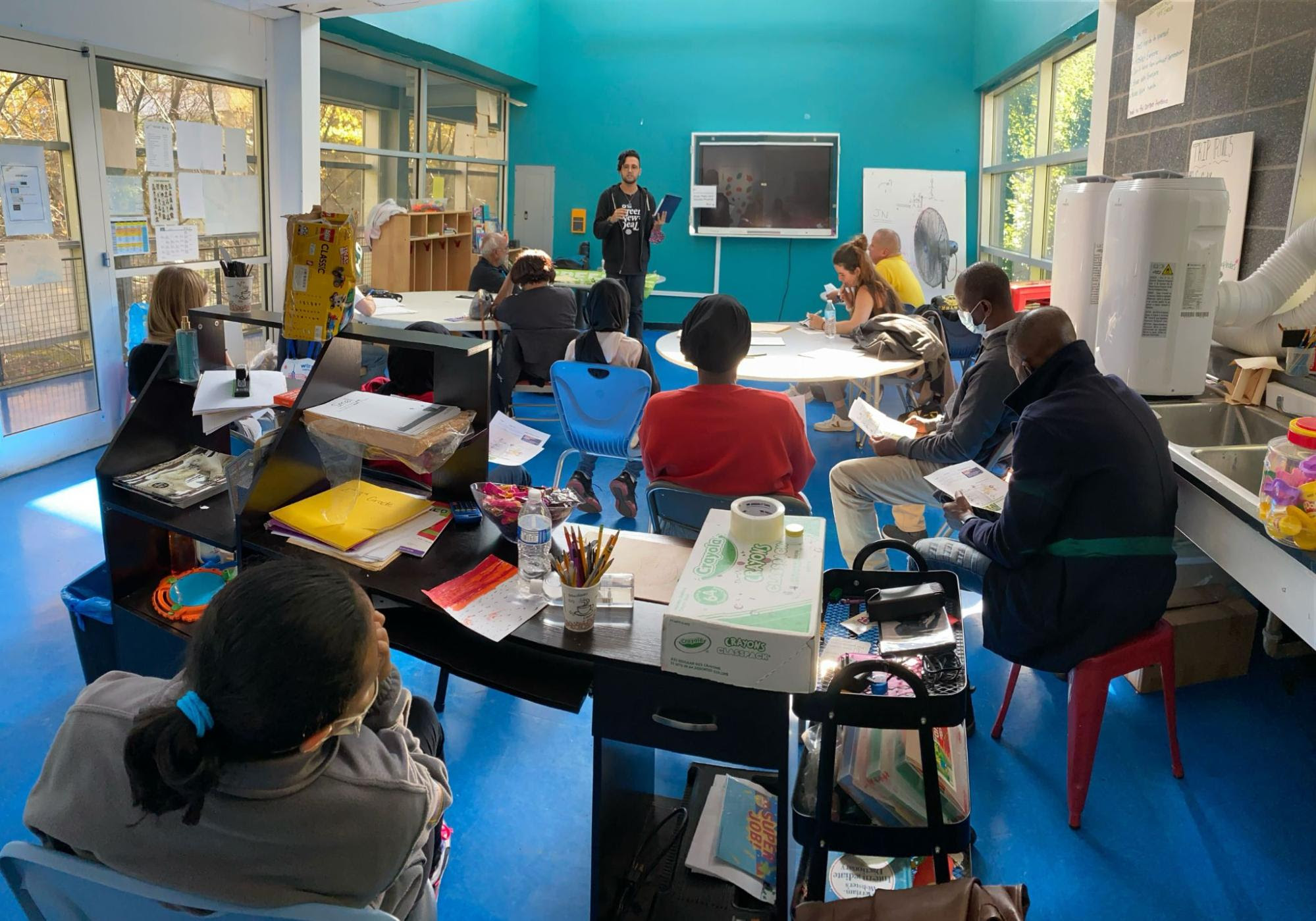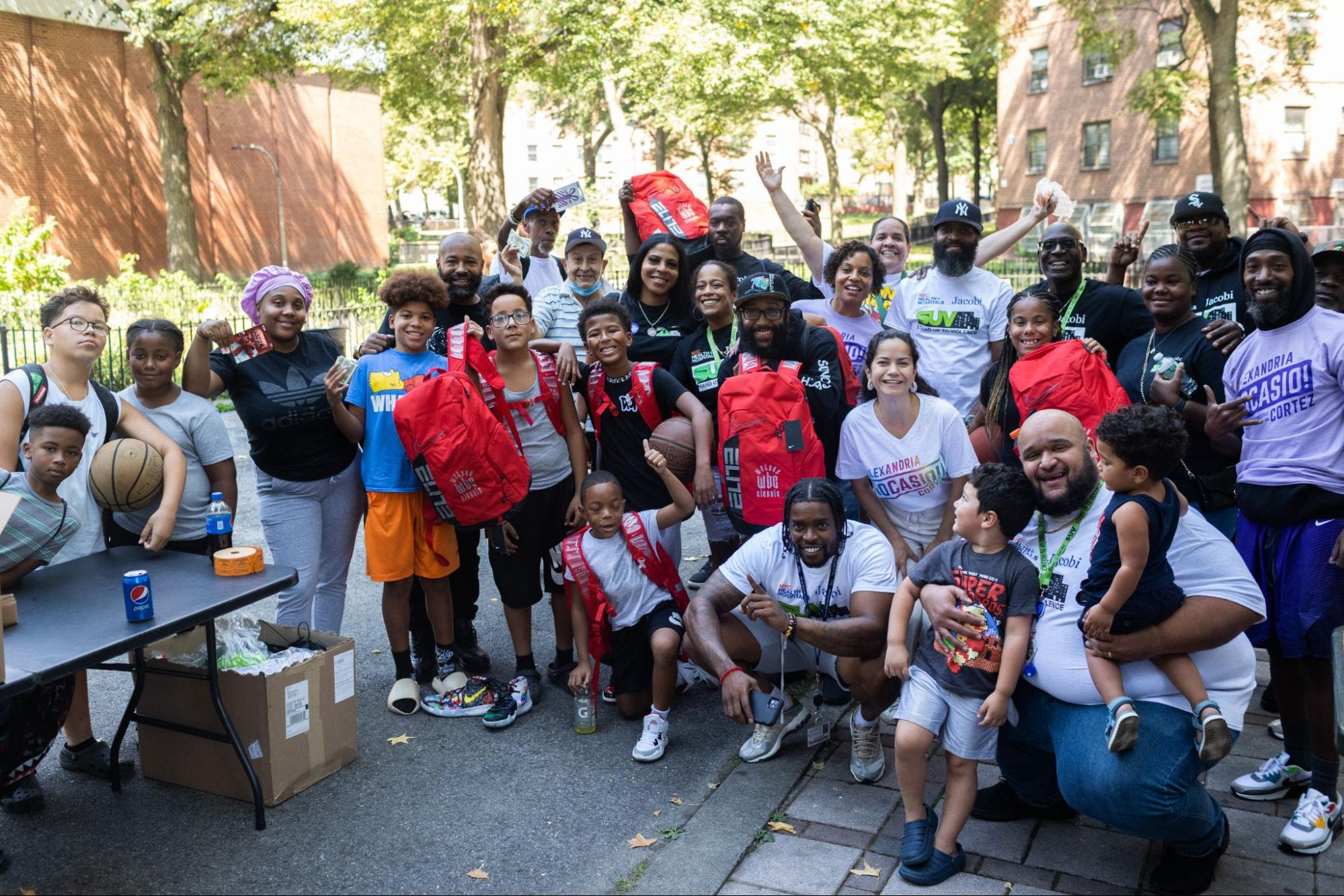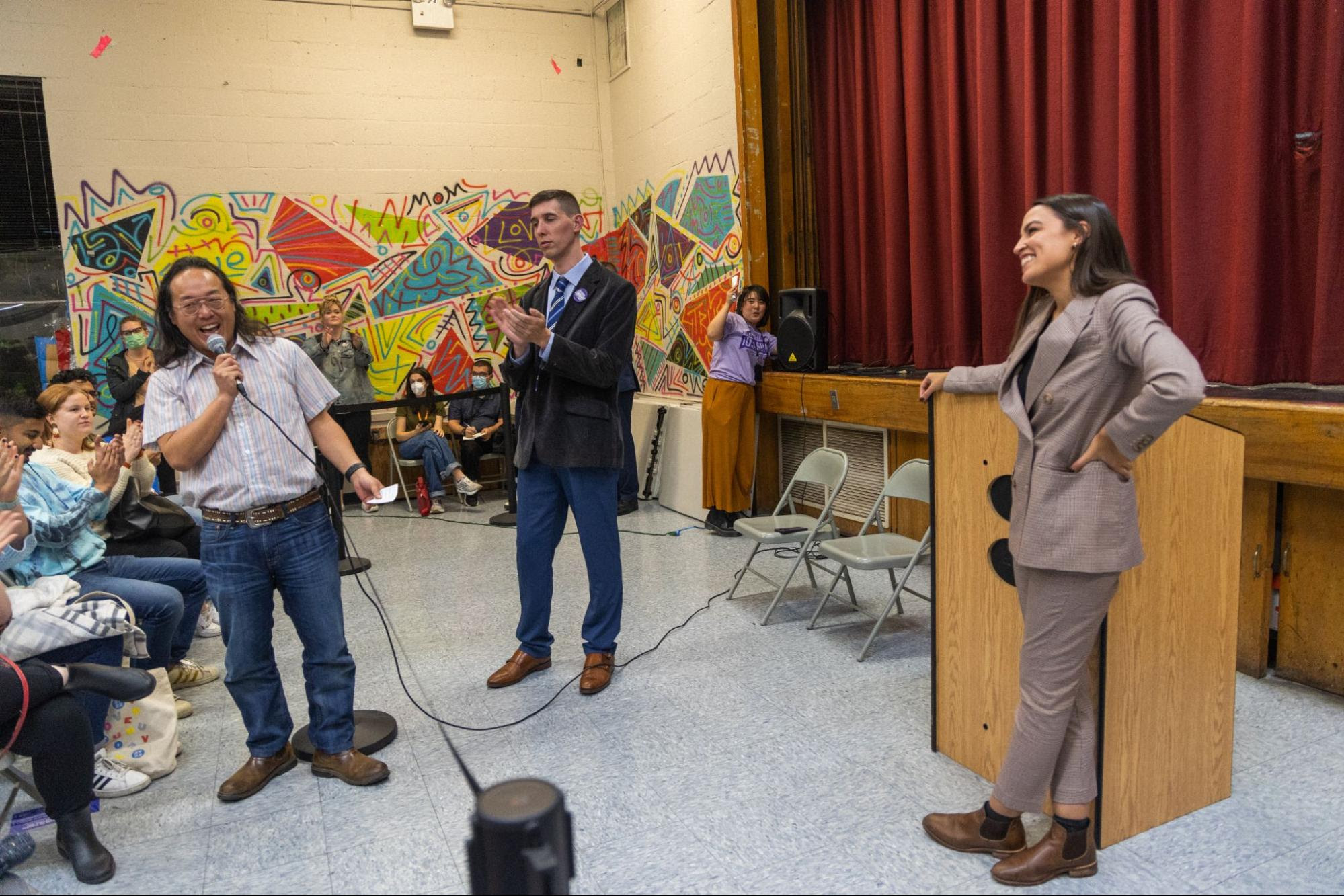Reforms to CityFHEPS Housing Voucher Program Will Expand Eligibility, Help New Yorkers With Vouchers Access Homes More Quickly and Stay Stably Housed
“Street to Housing” Pilot Will Provide New Yorkers Experiencing Unsheltered Homelessness With Supportive Homes, Connect Them to Resources to Complete Supportive Housing Application Process
Expanded Housing Mobility Program Will Help Families With Federal Housing Vouchers Move to Higher-Income Neighborhoods
New York City Mayor Eric Adams today announced a package of major new housing reforms that will help New Yorkers exit the shelter system — or avoid it entirely — and move more quickly into permanent affordable housing, including in higher-income neighborhoods that have long been out of reach for lower income families.
The reforms include significant improvements to the City Family Homelessness and Eviction Prevention Supplement (CityFHEPS) housing voucher program that will ensure more New Yorkers are eligible for the program and make the voucher more flexible and easier to use; a groundbreaking pilot program — “Street to Housing” — that will place New Yorkers experiencing unsheltered homelessness directly into supportive housing; and a major expansion of the city’s housing mobility program, which helps families with federal housing vouchers access apartments in more neighborhoods across the five boroughs.
Together, these reforms deliver on key commitments in Mayor Adams’ “Housing Our Neighbors: A Blueprint for Housing and Homelessness,” which reoriented the city’s approach to homelessness, treating it as a housing problem. This package also complements other key initiatives in the housing blueprint, including efforts to accelerate the creation of supportive housing, expand overall housing supply, and eliminate unnecessary obstacles New Yorkers face to obtain housing.
“Our administration is tackling this crisis head-on by focusing on moving New Yorkers into stable, high-quality, affordable housing. That’s what will define success for this administration, and that’s what these reforms are about,” said Mayor Adams. “Like our housing blueprint, these changes were informed by those with lived experience of homelessness and on the front lines of this crisis. And today, we’re starting a major effort to fast-track New Yorkers in need to permanent housing and getting stuff done for those who need help the most.”
“When we released the Adams administration blueprint, Housing Our Neighbors, we promised to put people over paperwork, and that’s what you’re seeing today,” said Chief Housing Officer Jessica Katz. “By streamlining access to CityFHEPS and supportive housing and expanding the power of our Housing Choice Vouchers, more New Yorkers will be able to remain stably housed, avoid the shelter system, and raise their families affordably. This is only the beginning of the work we have to do, but we made a promise to our neighbors to improve housing in this city, and we are following through on that effort.”
“These reforms give us new flexibility and additional tools to shorten the pathway for families and individuals experiencing homelessness to move into safe, stable, and affordable housing,” said Deputy Mayor for Health and Human Services Anne Williams-Isom. “Thank you to our interagency partners and to our nonprofit partners for continuing to find new ways that we can work together to work toward our goal of finding every New Yorker a permanent home.”
Strengthening CityFHEPS
The Adams administration will implement a package of reforms to the CityFHEPS city-funded housing voucher program that will make vouchers more widely accessible and easier to use more quickly. As part of this package, the administration is:
- Expanding CityFHEPS eligibility to include single adults working full-time on minimum wage, even if their income is slightly higher than 200 percent of the federal poverty level,
- Putting money back in New Yorkers’ pockets by reducing the monthly contribution by CityFHEPS tenants who move into single-room occupancy units from 30 percent of their income to a maximum of $50 per month,
- Supporting working families by reducing the number of hours families are required to work to become eligible for CityFHEPS from 30 to 14 hours per week,
- Covering the cost of apartment application fees for New Yorkers living in New York City Department of Homeless Services shelters,
- Creating an option for CityFHEPS voucher-holders who choose to secure an apartment that rents above the CityFHEPS maximum to utilize a voucher by paying up to 40 percent of their income,
- Expanding Supplemental Security Income eligibility for CityFHEPS families from an adult in the household to any household member, such as a child,
- Piloting a limited bonus equal to one month’s rent for landlords renting to CityFHEPS voucher-holders in high-cost neighborhoods,
- Significantly increasing staffing at the New York City Department of Social Services (DSS) to speed up voucher processing and increase placements,
- Significantly increasing New York City Human Resources Administration staff presence in Housing Court to ensure eligible clients get quick access to financial assistance that will allow them to stay in their homes, and
- Creating consistency across CityFHEPS, Emergency Housing Vouchers (EHV), and the Special One-Time Assistance (SOTA) program by providing a “unit hold” incentive payment equal to one month’s rent for landlords who agree to hold an apartment while an EHV holder or SOTA participant’s materials are processed.
The implementation process for the benefit enhancements and pilot programs listed above will begin immediately. For the reforms that must be implemented through DSS rulemaking, the process will begin immediately and include legally mandated public hearings.
Launching a Street to Housing Pilot
The Adams administration’s Street to Housing pilot program creates a direct pathway for New Yorkers experiencing unsheltered homelessness to access permanent supportive housing without having to go through the shelter system. This initial pilot will connect up to 80 single adult clients with supportive housing. Once placed in housing, clients will be supported by experienced not-for-profit provider-partner Volunteers of America Greater New York (VOA-GNY) as they complete the application from the very unit that can become their permanent home.
The city will fund the supportive housing units during the transitional period when VOA-GNY staff work closely with each client to connect them to vital housing supports, including rental assistance. VOA-GNY case managers will work closely with participants to connect them to key housing supports, such as rental and cash assistance; the Supplemental Nutrition Assistance Program (SNAP); and referrals for health and mental health supports. The New York City Department of Health and Mental Hygiene (DOHMH) is providing funding for additional social workers at each of the VOA-GNY supportive housing programs to provide dedicated mental health and other health supports.
This pilot builds on the city’s ongoing efforts and unprecedented investments to address unsheltered homelessness and commitment to exploring every avenue to further expedite moves to supportive housing, especially for the most vulnerable. In its housing blueprint, the Adams administration committed to accelerate the creation of supportive housing by completing the 15,000 supportive homes promised by 2030 two years ahead of schedule. The blueprint dedicates an entire chapter to reducing administrative burdens and unnecessary paperwork that slows down the process of getting New Yorkers — particularly those in the shelter system — into permanent, supportive housing. The administration also initiated a shift in focus from deals closed on paper to New Yorkers moving into homes, as reflected in the thousands of New Yorkers who had formerly experienced homelessness who moved into permanent homes in Fiscal Year 2022 and the new metrics included in the 2022 Mayor’s Management Report.
Making the Most of Federal Housing Vouchers
Many families with federal housing vouchers live in neighborhoods that lack amenities, like high-performing schools, easy access to parks, public transit, or fresh food. They often face barriers that limit their ability to move to higher-rent neighborhoods with these amenities, including landlord and broker discrimination, a lack of information about their ability to move, and voucher benefits that pay too little. As a result, more than half of the city’s federal housing vouchers are used in a small number of communities representing only 10 percent of the city’s census tracts.
Using $7 million in grants from Enterprise Community Partners and the U.S. Department of Housing and Urban Development (HUD), the New York City Department of Housing Preservation and Development (HPD) will expand its housing mobility efforts to reach 1,400 families through 2027, up from 50 families in 2020. HPD’s housing mobility programs support families’ ability to move to new neighborhoods with:
“With the announcement of this package of innovative reforms, it is clear that this administration is totally committed to meeting the housing needs of our most vulnerable New Yorkers,” said DSS Commissioner Gary P. Jenkins “Housing is essential for stability, growth, and prosperity, and every New Yorker deserves a safe place to call home. With expanded access to CityFHEPS vouchers and mobility assistance programs, more low-income New Yorkers will be able to obtain the permanent housing options they deserve in all parts of the city. Furthermore, the Street to Housing pilot reaffirms our commitment to cutting administrative red tape and combatting homelessness by placing New Yorkers experiencing unsheltered homelessness directly into high-quality supportive housing. We are so incredibly grateful to our agency partners and clients with real lived experience who worked with us to make these reforms and initiatives a reality, and we look forward to working together in the future to find more impactful ways to support New Yorkers.”
“An affordable home can anchor a family’s success for generations,” said HPD Commissioner Adolfo Carrión, Jr. “Through these initiatives, this administration is tearing down the roadblocks that make securing stable housing an uphill battle for so many families. Along with helping families move out of the shelter system and into permanent affordable housing, I am thrilled about the expansion of HPD’s mobility efforts, which will help 1,400 families to find a new neighborhood that’s right for them. Thank you to our partners who joined us in getting these initiatives up and running. Now, let’s get to work on setting up more families for success.”
“Housing is health, it’s as simple as that,” said DOHMH Commissioner Dr. Ashwin Vasan. “Safe, dignified housing, with on-site supportive services, is a foundation for people to thrive in the community and manage their health, mental health, and social needs. And conversely, any barriers to stable housing are barriers to health. We are proud of this partnership with the mayor, Department of Social Services, and others to make this a reality here in New York City. Together, we’re working to remove all barriers to ensuring people have the most basic of rights and needs: a home.”
“Homelessness does not need to be an evergreen issue — permanent supportive housing is a tried-and-true model for addressing chronic homelessness, and we can make it accessible to our unsheltered neighbors,” said Myung Lee, president and CEO, VOA-GNY. “The Street to Housing pilot program builds on this knowledge and combines our expertise with the resources of various city agencies to ensure unsheltered residents have the services they need to get housed — and stay housed. VOA-GNY is proud to partner with City Hall on this initiative, and we look forward to sharing what we have learned from this pilot to facilitate a broader rollout across the five boroughs — so that all unhoused New Yorkers can get the support they need.”
“Every family, no matter their economic background, should have the choice to live in communities with the vital resources they need,” said Baaba Halm, vice president and New York market leader, Enterprise Community Partners. “Mobility assistance programs ensure that low-income residents not only have that choice but are also equipped with the information and financial support to make the move that is best for their families. We applaud HPD, MHANY, HCR, HUD, and other partners for their commitment and tireless efforts to support families at such a crucial time as this.”
“New York City should be a place where working parents can afford to raise their families, but for too many parents, that goal is out of reach,” said Christine C. Quinn, president and CEO, Win. “The fact is a significant percentage of parents experiencing homelessness in Win shelters are working parents — but they simply cannot afford New York City anymore. That’s why the reforms announced today are so important, because they are real, tangible steps that will give New Yorkers experiencing housing instability a better shot at the affordable housing they need and deserve.”
“I applaud the Adams administration for this series of meaningful and responsible housing reforms that will be transformative for New Yorkers struggling to secure stable housing and to address this city’s homelessness crisis with compassion,” said New York State Senator Gustavo Rivera. “As a group of colleagues and I recommended a few weeks ago in a letter to the mayor, by making the FHEPS voucher program more flexible and easier to use, bringing more staff and resources to DSS and Housing Court, and embracing a housing first model to directly place homeless New Yorkers in supportive housing, the administration is listening and taking critical steps to make this city healthier and safer.”
“The mayor’s announcement that the city is strengthening the CityFHEPS program and piloting a Street to Housing program is welcome news for many New Yorkers who are experiencing homelessness and seeking to find stable, secure, permanent housing,” said New York State Senator Brian Kavanagh, chair, Committee on Housing. “I look forward to continuing to work with the mayor and our colleagues in city and state government to do everything possible to ensure that no New Yorker is homeless because of lack of access to permanent housing.”
“It is a fundamental right and expectation for New Yorkers to have access to quality and stable housing in our city, and today’s announcement will bring us closer to making that a reality,” said Bronx Borough President Vanessa L. Gibson. “With improvements to the CityFHEPS housing voucher program, the ‘Street to Housing’ pilot program, and expanded housing mobility program, our residents and families will have the tools necessary to find affordable and safe housing. I want to thank Mayor Adams for pushing these important initiatives forward and his commitment to ending housing insecurity for many New Yorkers in our city.”
“With our city in the throes of an affordability crisis, our top priority as a society must be to ensure that none of our neighbors are forced to sleep in a shelter or on the street,” said Queens Borough President Donovan Richards Jr. “While we continue to build affordable housing across Queens as a long-term fix, we must also invest heavily in short-term solutions. The litany of reforms announced today will not only divert homeless New Yorkers away from the shelter system and into supportive homes; it will prevent families from falling into homelessness to begin with. I look forward to working with the Adams administration on these programs and more.”
“Every New Yorker has the right to safe, stable, and permanent housing,” said New York City Council Majority Whip Selvena N. Brooks-Powers. “I applaud the administration’s work to expand CityFHEPS voucher access, build direct pathways to high-quality housing, and strengthen the city’s housing mobility program. I look forward to continued investments toward ensuring all of our neighbors have access to housing.”
“I applaud Mayor Eric Adams for his continued efforts to create more affordable housing and to resolve our serious homelessness crisis,” said New York City Councilmember Ari Kagan. “These new CityFHEPS reforms and ‘Street to Housing’ pilot program are steps in the right direction, because they help to place New Yorkers experiencing homelessness into permanent housing and to provide them with necessary supportive services.”
“Health care is a human right, which is difficult to access without a roof over your head,” said New York City Councilmember Lynn Schulman. “The initiative and reforms being announced today represent a welcome pathway to permanent housing and healthy outcomes for those most in need.”
“The unfortunate reality is that too many New Yorkers face homelessness, live on the streets without access to supportive housing, and are struggling to navigate the current system,” said New York City Councilmember Marjorie Velázquez. “We must protect and support our vulnerable populations, and by expanding CityFHEPS, more New Yorkers will have access to housing vouchers without the red tape. To develop and maintain our city, we must stand behind our fellow New Yorkers and their families, which is what we will see as a result of this expansion.”


